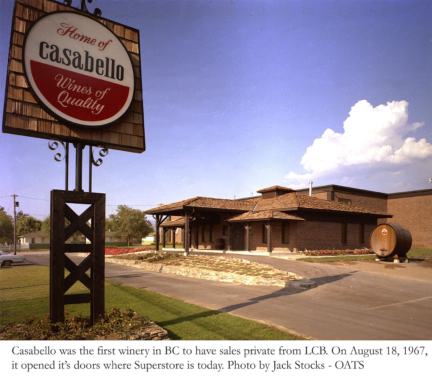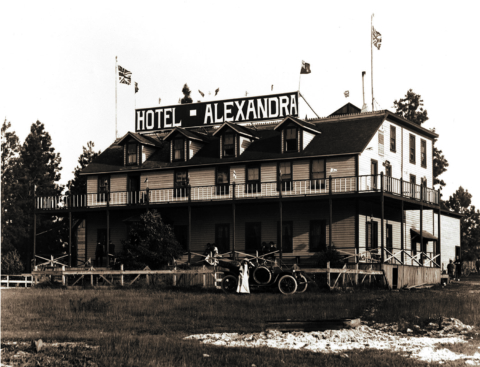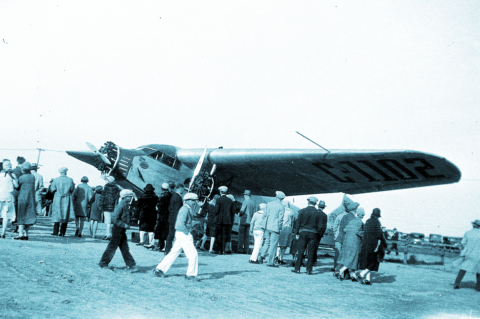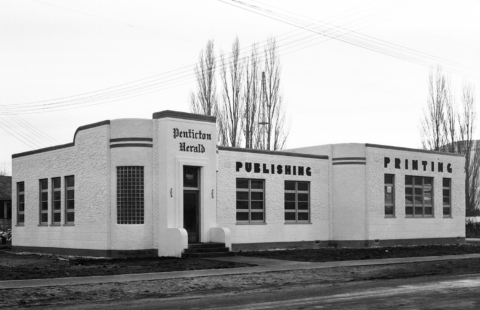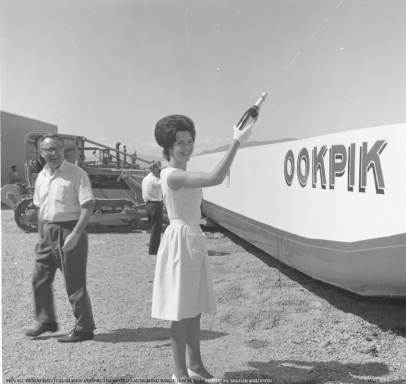BUSTING THE MYTH OF “SEE YA LATER RANCH”
by Brian Wilson, Archivist/Editor Okanagan Archive Trust Society
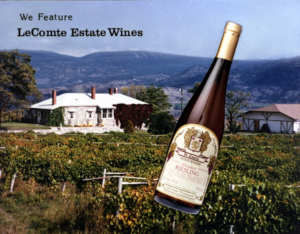
The large winery high on the west hill in Okanagan Falls was originally pre-empted by George and Samuel Hawthorne from Ontario. They arrived in 1908 and having never seen the property except on a map, were startled by its inaccessibility. The only way in was from the White Lake track off the Myers Flat Road.
They built a small log home and began farming the 320 acres. They also built the Green Lake Road for easy access to Okanagan Falls.
Major Hugh Fraser, late of the Third Division of the Canadian Corps under Brigadier V. A. Williams; arrived in the Okanagan at the invitation of C. Carroll Aikins of Naramata.
The Major had been captured and spend two years in Hochlinden and Crefeldt prisoner of war camps for commissioned officers. He was part of a negotiated prisoner swap in The Hague when the armistice was signed. He was returned to Canada in 1919.
Aikins introduced the Major to the upper class of Okanagan life and assured him that the comforts of Upper Canada were available in the Okanagan. The Major agreed having been wooed by the vistas and bright skies.
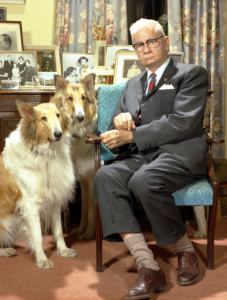
He was able to purchase the Hawthorne Ranch and proceeded to build a stone home as was Aikins in Naramata at the time. The same builder was used, I’m sure.
The Major had been one of his father’s accountants in Montreal prior to the war, having graduated from McGill University.
Hugh Fraser inherited an incredible estate from Ottawa Rideau Club companies and banks. He never had to worry about money.
His friend Eric Sismey said of the ranch, “This could never be a successful commercial venture, but it was a delightful place to call home and raise a few head of cattle.”
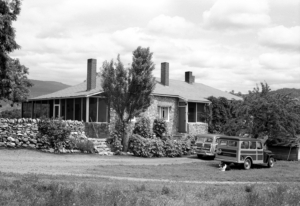
The “See Ya Later” myth is rooted in his marriage to debutant, Lillian Williams in 1922. With the insistence of his father, Hugh returned to Ottawa to wed this privileged young woman. It is conceivable that he might have brought her west to introduce her to life in Okanagan Falls. They divorced just 3 months later. (On reading records connected to the family, I doubt if she ever left the east. But I’m sure if she did, she would have never got off the boat. “Not for me. See ya later!”)
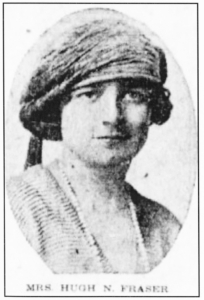
Major Fraser was keen to help the community of Okanagan Falls. In 1928, he stepped forward to provide funds for the construction of the community hall. The hall was constructed from salvaged lumber from the abandoned Alexandra Hotel. He dug deep to hand out money to the local Women’s Institute for their hall, to the local Legion Branch, and purchased an organ for the church. He had a stained glass window installed in memory of his sainted mother who formed a branch of the Victorian Order of Nurses in Montreal.
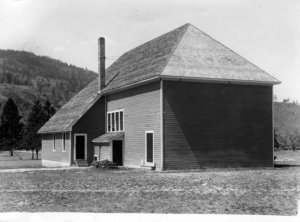
One of his greatest contributions to Okanagan Falls was the donation of property for Christie Memorial Park.
The Major had always involved himself with the National Red Cross and continued to do so in the Okanagan. In the depression years he was their Chairman for 5 years and after the Second World War he was director for 10 years.
Major Fraser surrounded himself with Scottish Collies and working dogs for most of his life at the ranch. His love for these animals ran deep, so deep that he established a private cemetery for his animals. That cemetery is now part of a legacy that he left to the SPCA, having supported the society for over 20 years. It is now open to the public for services and burial of beloved pets.
Major Fraser always had hired hands and housekeepers around the place and one of his favourites was A.K. “Bill” Worth. The Major was aging and was hoping to move to his house on Forestbrook in Penticton, to simplify his senior years. He made Bill an offer to take over the ranch but Bill didn’t have the resources. So the Major legally adopted him. Bill changed his name to “Fraser” and took over the ranch.
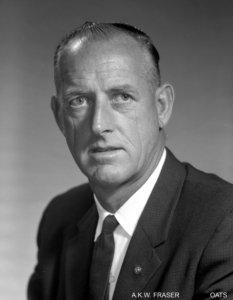
The Major, his dogs and his parrot all moved to the home in Penticton, spending part of the year in the cabin on Eastside Road on Skaha Lake. This was 1956.
Bill Fraser cleaned up the 480 acre property and after a few years of pondering cash crops, decided that the future was in grapes. In 1961 he planted the first Foch, Chelois and other hybrids and successfully sold the crop to Andres Wines in Kelowna.
Bill sold the ranch to a European syndicate soon after Major Fraser died in 1971. He had created a true milestone of vineyard culture.
It wasn’t until 1983, that Hawthorne Mountain Ranch became a farm-gate winery. Albert LeComte, a Vancouver businessman purchased the property and turned the old dairy barn into his production arena.
His wines were a terrific success. He expanded the planting, introducing the first of the Gewurztraminer grapes and became an award winner.
The winery came to the attention of wine guru Harry McWatters of Sumac Ridge Winery in Summerland. Harry purchased as much of the Gewurztraminer as could be spared.
The medals just kept coming and McWatters purchased LeComte in 1995, renaming it Hawthorne Mountain Vineyards. Both Sumac Ridge and Hawthorne became part of the Vincor Corporation in 2000.
Vincor executives instructed marketing firms to come up with something that could compete with the kitschy names of surrounding vineyards like “Blasted Church”, “Kraze Legz” and “Laughing Stock”. They dredged up the old joke and “See Ya Later” was born.
First published in the Spring of 2016

